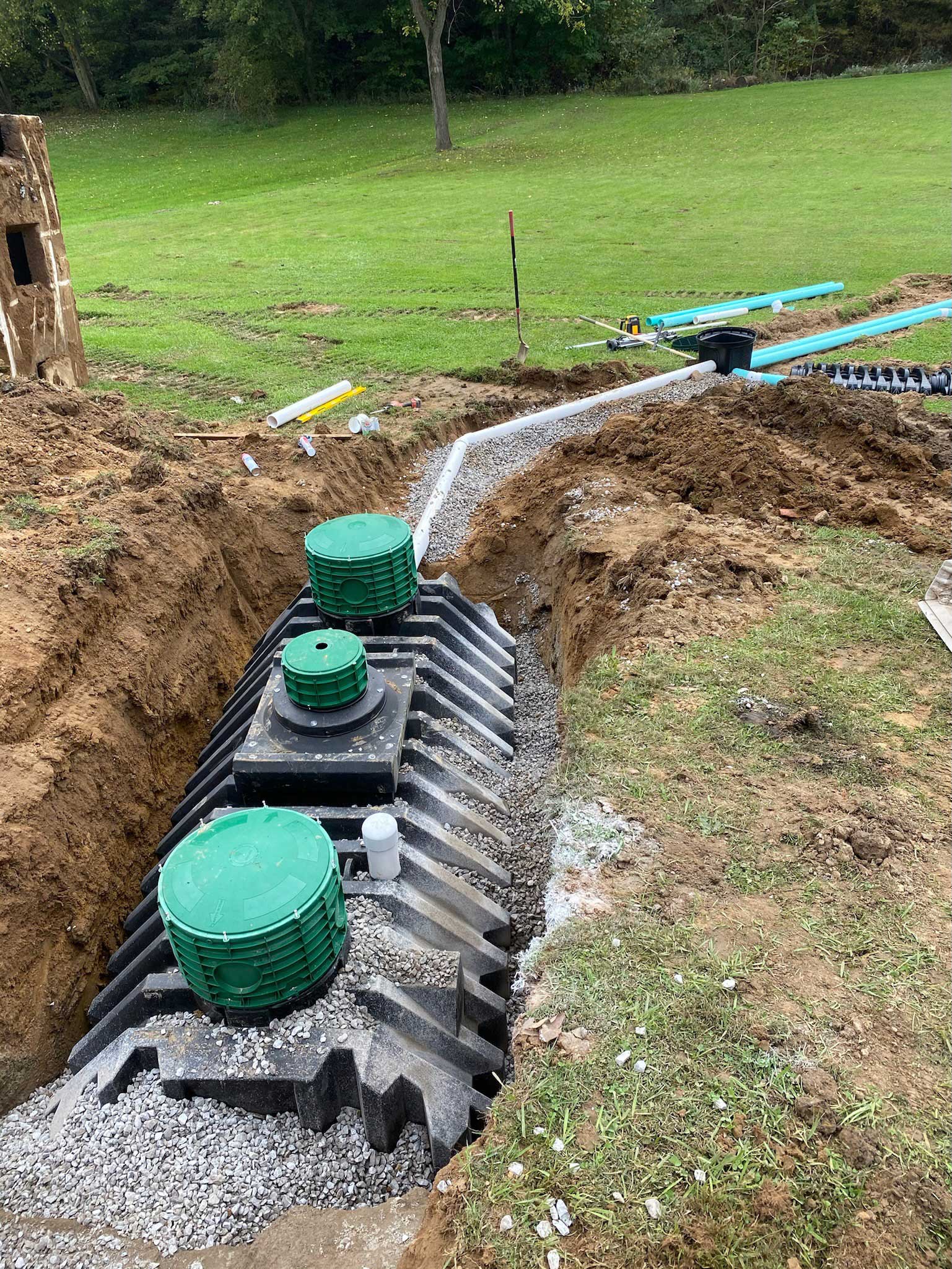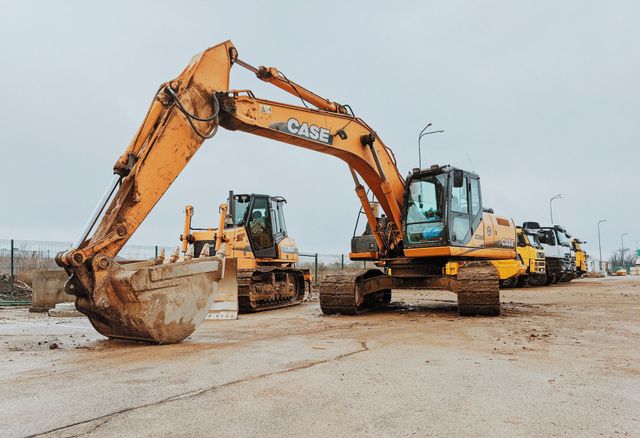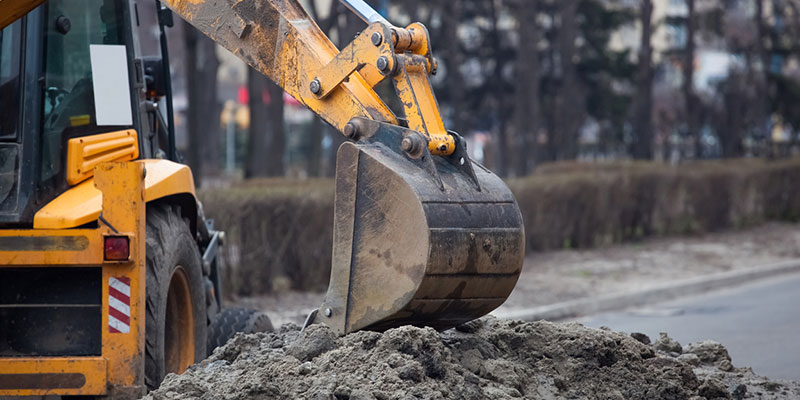Lancaster Trenching - Expert Trenching Solutions in Lancaster, Ohio
Lancaster Trenching - Expert Trenching Solutions in Lancaster, Ohio
Blog Article
In-Depth Exploration: The Science Behind Superior Excavation Practices
From old hand devices to modern hydraulic excavators, the evolution of excavation techniques has been a testimony to human resourcefulness and technological developments. What truly establishes premium excavation practices apart is a deep understanding of geological principles, combined with the application of sophisticated devices and techniques.
Development of Excavation Methods
Throughout history, the advancement of excavation techniques has played a crucial function beforehand building practices and historical discoveries. From the fundamental devices used by our forefathers to the sophisticated equipment employed in modern-day times, the development of excavation techniques has actually dramatically changed how we come close to different tasks.
In old times, manual work with basic devices such as pickaxes, wheelbarrows, and shovels was the main technique of excavation. This labor-intensive procedure restricted the depth and extent of excavations, typically leading to sluggish progress and limited access to particular sites. As people advanced, so did the tools and techniques utilized for excavation.
The Industrial Change noted a turning factor in excavation practices with the intro of steam-powered machinery. In contemporary times, technology plays a crucial role in excavation, with advancements like General practitioner systems, drones, and 3D scanning boosting precision and effectiveness in the field.
Role of Technology in Excavation

The assimilation of sophisticated innovation has fundamentally revolutionized the field of excavation, enhancing accuracy and efficiency to unprecedented levels. One of the key technical developments that has considerably influenced excavation techniques is the application of general practitioner systems. These systems enable exact mapping of excavation sites, allowing operators to properly situate below ground energies and structures. Furthermore, the use of telematics in excavation equipment has allowed real-time tracking of device performance, causing aggressive maintenance and increased functional performance.
Furthermore, the advent of 3D modeling and simulation software program has streamlined the planning procedure for excavation tasks. Operators and designers can currently envision the entire excavation procedure before beginning, recognizing prospective challenges and enhancing process. In combination with this, the implementation of drones in excavation tasks has actually assisted in aerial studies, volumetric dimensions, and website evaluations with unparalleled speed and precision.
Geological Concepts in Excavation
An understanding of geological concepts is important for making sure the architectural stability and stability of excavation sites. Geological aspects play an essential role in establishing the usefulness and safety of excavation tasks.
Additionally, the geological framework of the location, consisting of faults, fractures, and rock formations, must be meticulously assessed to recognize prospective risks and obstacles. Excavating near mistake lines or unpredictable rock formations can bring about instability and potential risks. By conducting complete geological studies and evaluation, excavators and engineers can establish methods to mitigate risks and ensure the effective completion of excavation jobs. Inevitably, including geological principles into excavation methods is critical for attaining secure, effective, and sustainable results.

Latest Tools for Excavation
In the world of excavation practices, contemporary advancements in tools have transformed the efficiency and accuracy of excavation processes. One of the most recent devices making waves in the industry is the usage of drones geared up with sophisticated imaging innovation. These drones can provide thorough airborne surveys of excavation website link sites, offering real-time information on topography and potential threats. This info aids in far better planning and decision-making throughout the excavation process.
Another cutting-edge tool getting appeal is the implementation of 3D printing innovation for producing personalized excavation devices. This enables the manufacturing of specialized tools that are tailored to the details demands of a task, enhancing effectiveness and minimizing downtime.
Moreover, innovations in products science have actually brought about the advancement of more powerful and more long lasting excavation devices. lancaster trenching. Tungsten carbide-tipped excavator attachments, for example, deal remarkable performance in challenging ground problems, improving performance on-site
Scientific research's Influence on Excavation Practices

In addition, scientific research on dirt technicians and geotechnical engineering has actually given important understandings right into soil habits, enabling excavation experts to make enlightened decisions relating to excavation methods and dirt stablizing techniques. Overall, science proceeds to drive development and improvement in excavation techniques, making excavation projects more effective, economical, and lasting.

Verdict
In final thought, the evolution of excavation strategies has been considerably affected by advancements in technology and a much deeper understanding of geological principles. The most up to date tools and equipment used in excavation have actually improved efficiency and accuracy in the field. The application of scientific knowledge has dramatically enhanced excavation practices, leading to extra lasting and effective methods for digging deep into different types of materials.
In the realm of excavation methods, contemporary developments in tools have actually reinvented link the effectiveness and precision of excavation processes. By leveraging clinical concepts, the excavation market has been able to considerably enhance effectiveness, accuracy, and safety and security in excavation processes. GPR enables find here excavation groups to non-invasively scan and map subsurface frameworks, utilities, and potential threats, allowing them to plan excavation projects with higher accuracy and minimized threat of mishaps.
In addition, clinical study on soil auto mechanics and geotechnical engineering has actually given valuable understandings right into soil behavior, permitting excavation specialists to make educated decisions pertaining to excavation approaches and soil stablizing techniques. Generally, scientific research proceeds to drive technology and renovation in excavation techniques, making excavation jobs more reliable, affordable, and lasting.
Report this page